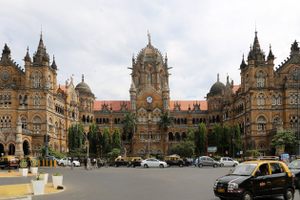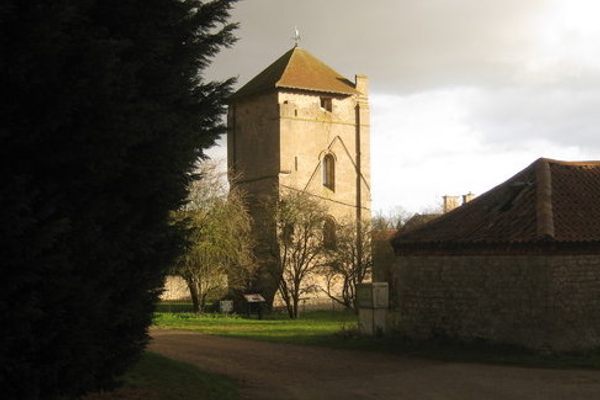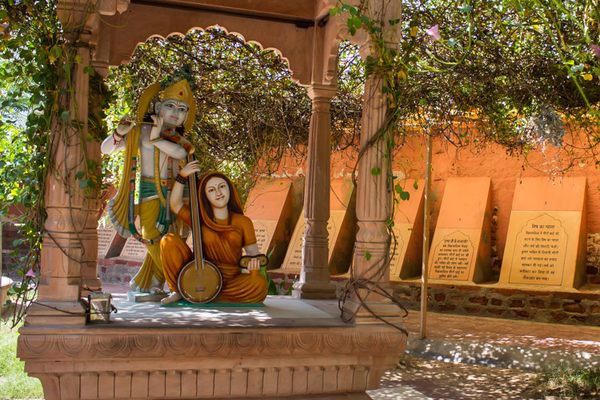About
When the Kwan Kung temple was built in Mumbai in 1919, it was an important part of the city's then-sizable Chinese community. Mumbai's Chinatown, in the area now known as Mazagaon, was full of shops, restaurants, and places of worship. However, the Sino-Indian war in 1962 forced many Chinese residents to leave the city, and today the neighborhood only hints of its past.
The Kwan Kung temple, located in a two-story house on a tiny lane in Mazagaon, is one of the remaining traces of the vibrant Chinese community that used to call Mumbai home. Today, it is the only Chinese temple in the city.
Walking toward the wooden stairs that lead to the top of the temple, there is a mural of three deities—the Chinese gods of blessing, longevity, and prosperity—dressed in yellow, purple, and green robes. The temple itself is one large room, its focal point a red altar with gold carvings. Above the altar is a painting of the Chinese god of justice, protection, and courage, and the temple's namesake, Kwan Kung.
Inside there is also a statue of the mighty warrior god, Kwan Tai Kwon. On a small table in front are the offerings—paper money, gold and silver paper, incense, envelopes filled with either rice or money. Worshipers at the site will also find Kau cim, or fortune sticks, small wooden sticks that are part of a fortune-telling practice dating back to the third century.
Albert Tham, along with his mother, acts as a caretaker for the temple and lives on the first floor of the building. "I have lived here all my life. I’m Chinese but Mumbai is my home, I can’t leave it," Albert Tham told the website The Better India. The Tham family keeps the keys to the temple and organizes the space for events such as Chinese New Year and Moon Festival, which can bring up to 500 visitors to the temple.
The community, formerly strong in numbers, has now shrunk to only a few hundred Chinese-Indian families living in Mumbai. The Kwan Kung temple stands as a reminder of what was lost. But the active temple's importance to Mumbai's Chinese community also serves as another reminder: that families like Albert Tham's have made Mumbai their home despite this.
Related Tags
Know Before You Go
The closest station is Dockyard Road on the Harbor railway line.
Delhi and Rajasthan: Colors of India
Discover Colorful Rajasthan: From Delhi to Jaipur and Beyond.
Book NowPublished
September 28, 2017
Sources
- https://www.thebetterindia.com/66112/chinese-kwan-kung-temple-mazagaon-mumbai/
- https://theculturetrip.com/asia/india/articles/remnants-of-mumbais-chinatown-kwan-kung-temple/
- https://en.wikipedia.org/wiki/Chinese_community_in_India
- https://cafedissensusblog.com/2016/03/14/mumbai-chinatown-and-bitter-memories-of-the-chinese-indian/
- http://articles.latimes.com/2013/jun/28/world/la-fg-india-chinese-20130628

























